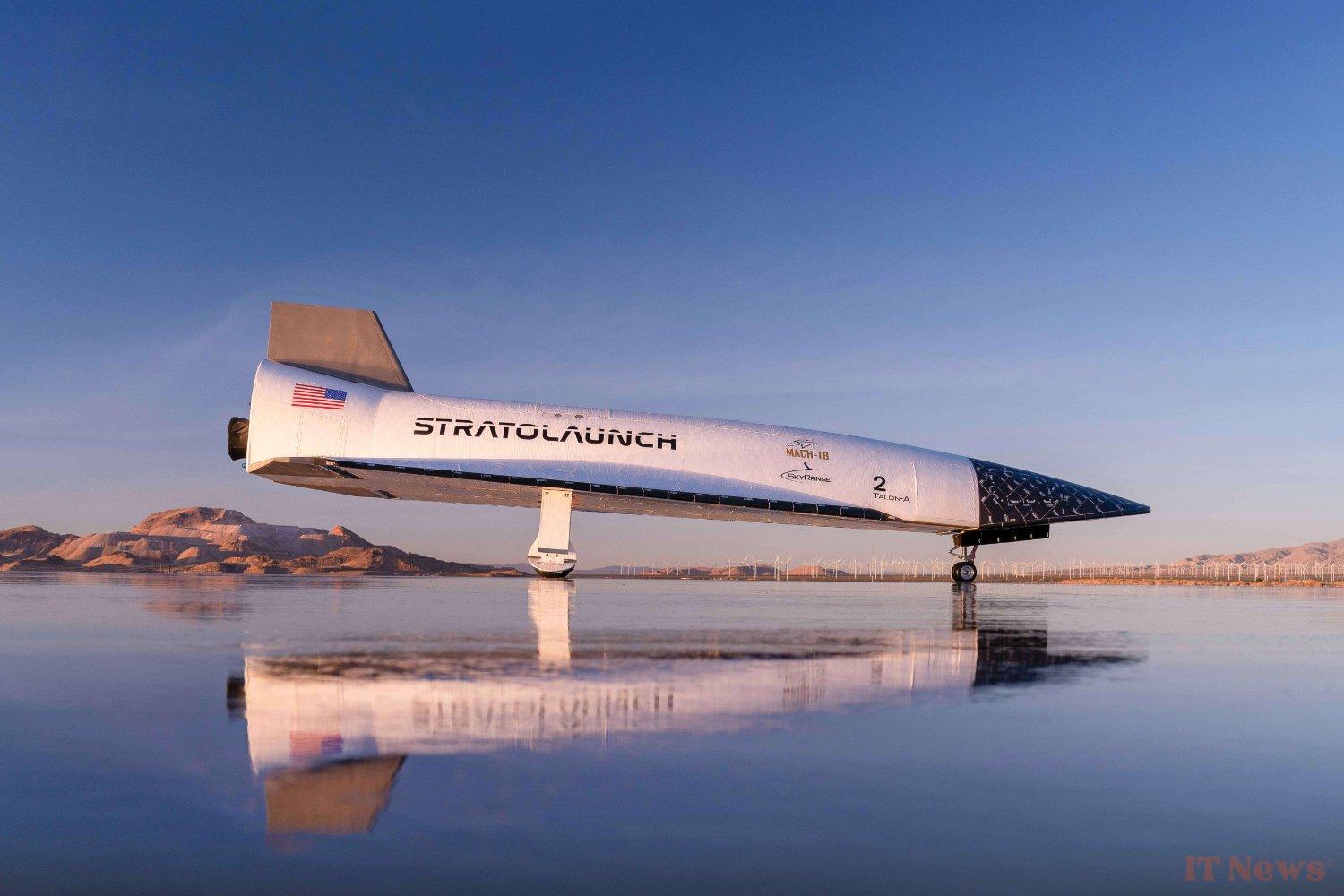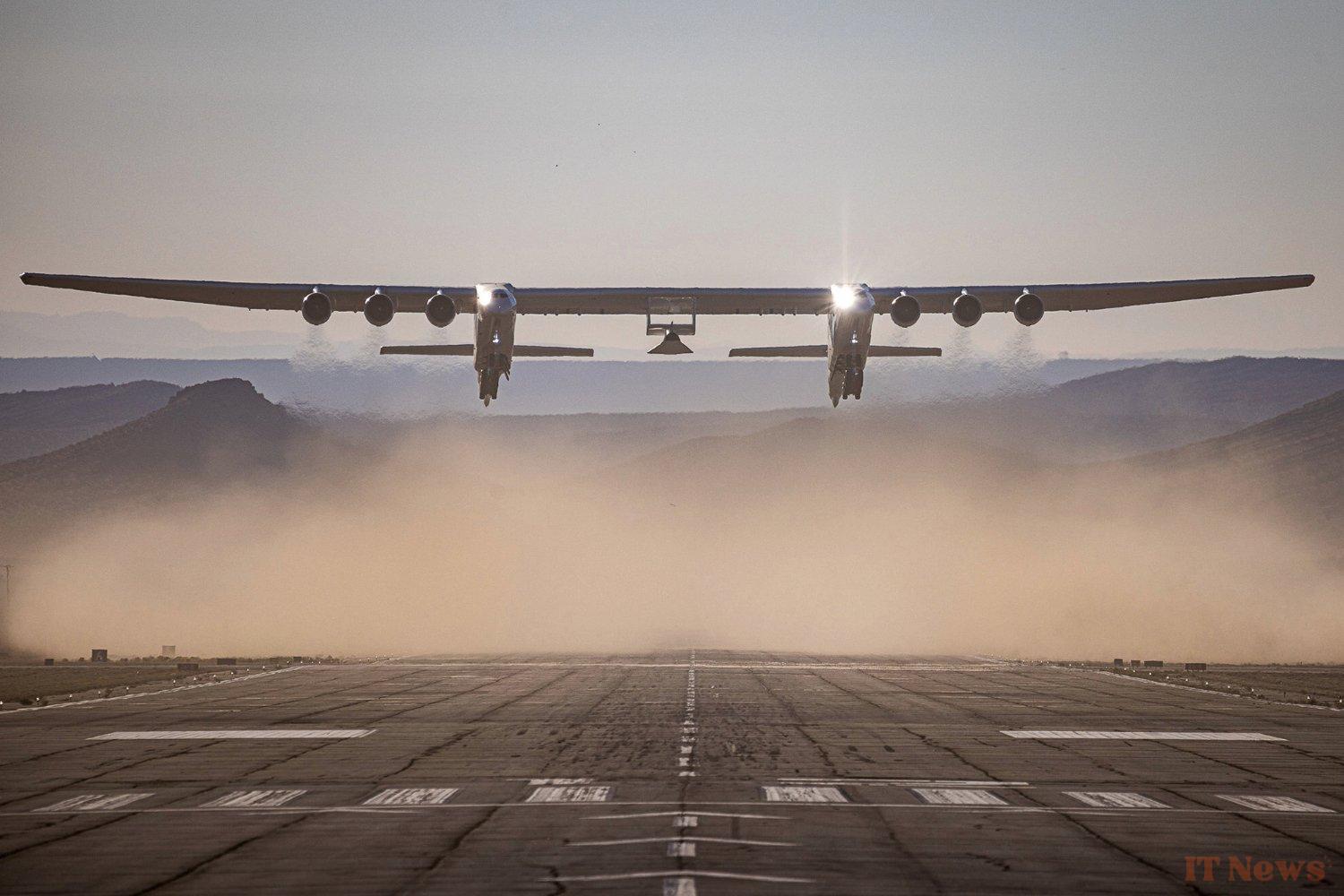Stratolaunch has successfully completed a second hypersonic flight from its Roc aircraft, with the Talon-A2 prototype. Over the Pacific in March 2025, the world's largest aircraft released a prototype rocket capable of reaching speeds up to 5 times the speed of sound (Mach 5, nearly 6,000 km/h). It took a few weeks for Stratolaunch to officially announce the news.
The test is part of the Mach-TB (Multi-Service Advanced Capability Hypersonic Test Bed) program, which aims to develop hypersonic systems for the U.S. Defense Force. As everywhere else in the world, particularly in China, hypersonic capability has become central to the Armed Forces.
Basically, Stratolaunch sought to send satellites into orbit. Rather than using a traditional launcher, the company, created in 2011 by Microsoft co-founder Paul Allen, thought in terms of an airplane releasing a rocket in flight. Since Paul Allen's death in 2018, the company has turned its attention to defense.
A 117-meter wingspan aircraft for hypersonic experiments
His "Roc" aircraft is still there, designated as the largest aircraft in the world with its 117-meter wingspan and its 6 Boeing 747 engines. With Talon-A2, its prototype of a fully autonomous and hypersonic aircraft, the aircraft made its first flight in December 2024. This flight in March 2025 was therefore the second and the rocket was able to land at Vandenberg Air Force Base in California, where SpaceX launches rockets.
"These flights were a tremendous success for our program and for the nation," said Scott Wilson, MACH-TB program manager, in a statement. He added: "The data collected from the experiments conducted during the first Talon-A flight has been analyzed and the results are extremely positive. […] The ability to test the technology at a sustained pace is valuable as we accelerate the pace of hypersonic testing."
Inside the prototype, another technology was tested during this second test flight. According to Space.com, it was an inertial measurement unit designed by Northop Grumman to help future hypersonic vehicles navigate. In technical terms, it is a hemispherical resonator gyroscope, capable of withstanding and not losing its head in the face of the massive forces experienced at these crazy speeds.
In parallel with Stratolaunch, the US Army is also relying on Rocket Lab to provide it with a hypersonic laboratory. For this, the aerospace company is providing a variant of its Electron rocket, renamed HASTE, to carry out suborbital flights. The launcher therefore takes off in the same way as a traditional rocket, but like Blue Origin and its private flights, its trajectory and speed do not seek to reach orbit. The vehicle therefore returns to the atmosphere a few minutes later.





0 Comments